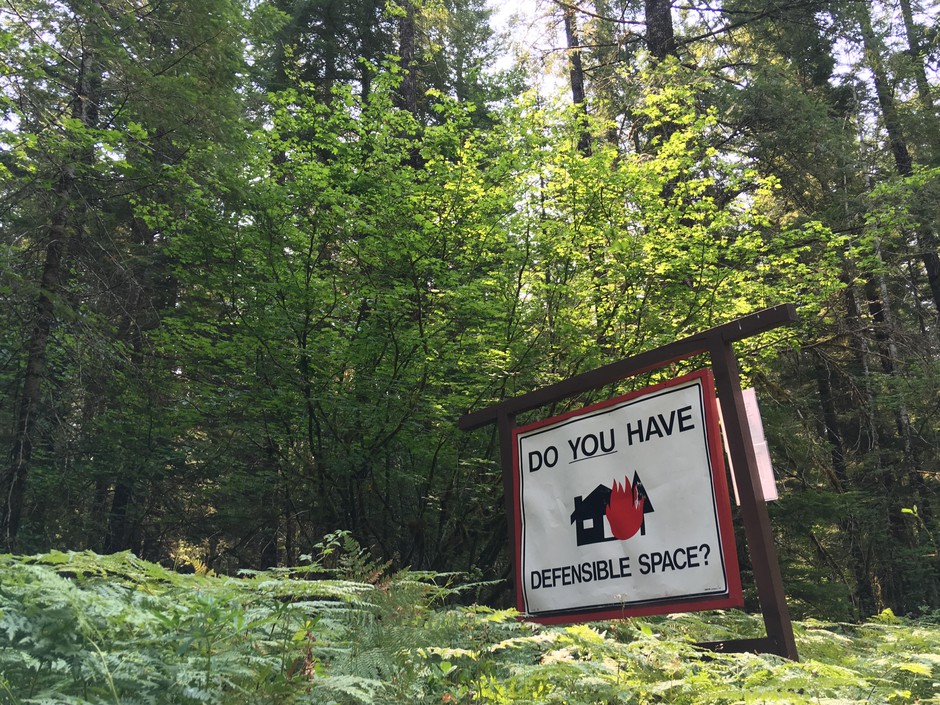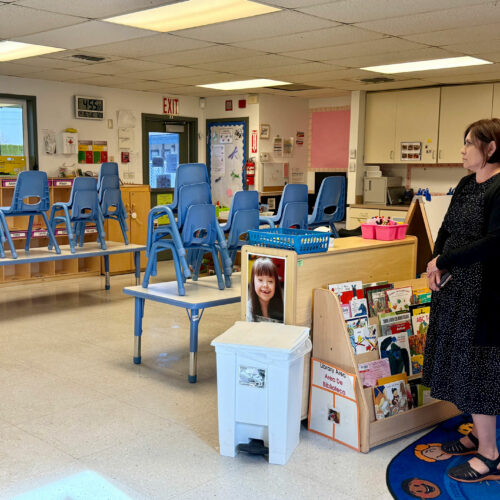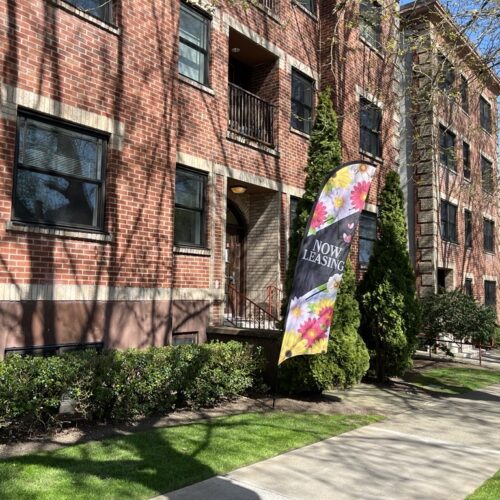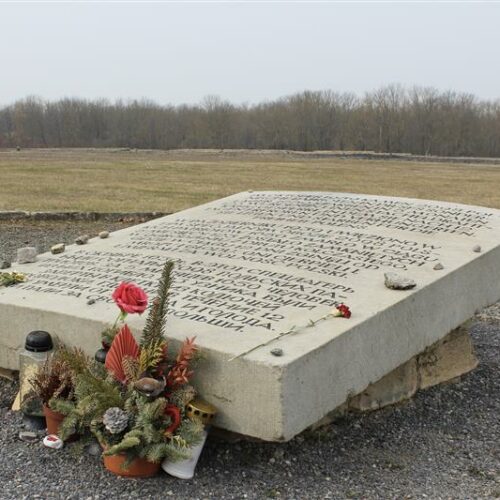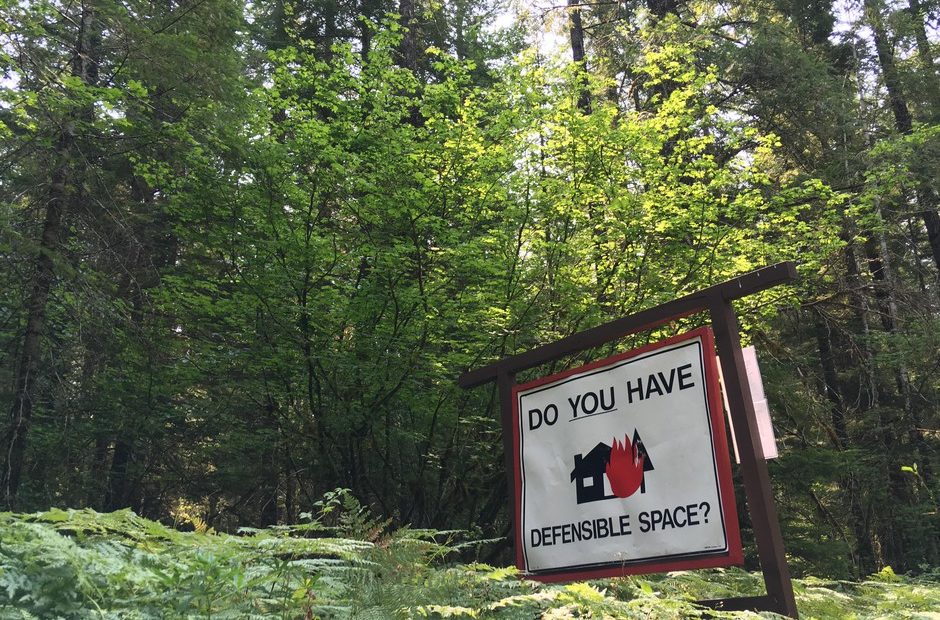
New Research Says Northwest Forests Will Weather Climate Change Better Than Others In The West
Listen
Climate change is expected to increase drought and wildfire vulnerability in forests across the West. But new research out of Oregon State University shows that some places will fare better than others.
The Douglas fir forests of western Oregon and Washington are among the least susceptible to drought and fire over the next thirty years.
This was the case even in the extreme climate change scenario, referred to as RCP 8.5, the scientists modeled in the work.
“Worst-case scenario,” said OSU co-author Bev Law. “So why did we choose that? Well, we’re still on that trajectory. We’re still globally on that trajectory of not doing very much to reduce our fossil fuel emissions of carbon dioxide.”
Other forests types are in for a much more volatile future. This includes the forests east of Warm Springs, in north-central Oregon, which are expected to suffer drought. Wildfire vulnerability is high in the Klamath Siskiyou Mountains of southwest Oregon, as well as across the border from Hood River in Washington. Fire vulnerability is elevated in California’s Sierra Nevada, too.
“The places that are highly vulnerable to either drought or fire are the places that we need to be paying a lot of attention to, to see what is happening. Is that system starting to transform?” said co-author Polly Buotte of OSU.
Buotte says the research does not predict fire or drought severity — just whether or not a specific forest in a specific location will experience drought or fire.
The conclusions of the study were based on computer modeling. Models are a way of taking a complex subject and simplifying it in order to predict the future. Model makers make choices about what variables to include. The researchers in the OSU study considered things like changing climate conditions, tree species and the natural biological functions of a forest in their calculations.
“Their results are generally what we’d predict,” said Melissa Lucash, a forestry researcher at Portland State University who was not involved in the research, in an email.
But she cautions that factors left out of the models could make a significant difference in the results.
“Fires cause changes in vegetation type/state which can then influence the probability of future ignitions and spread,” she said. “Their model ignores that phenomenon.”
Still, the study provides the most detailed predictions yet for drought and fire vulnerability for the western United States.
Researchers say a few forest types, in particular, are at greatest risk of ecological change in response to climate change. These include Pinyon-juniper, oak and ponderosa pine forests across the southern Rocky Mountains and the U.S. Southwest.
The study was published in the journal Global Change Biology. The research was supported by the U.S. Department of Agriculture and the U.S. Department of Energy.
Copyright 2018 Earthfix
Related Stories:

Ocean conditions mixed for salmon, leading to average salmon returns
NOAA biologist Brian Burke says mixed ocean conditions may lead to average salmon runs, but climate change is disrupting ecosystems—making continued research critical.
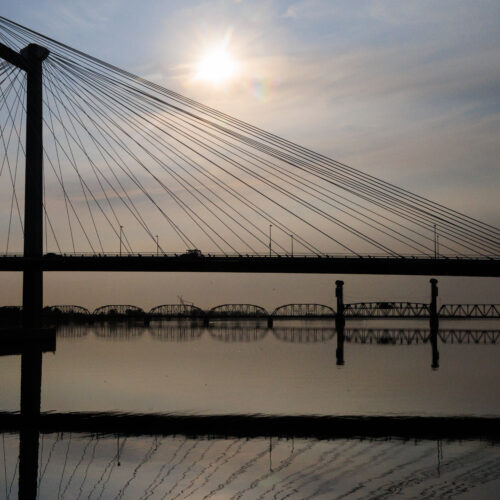
How does climate affect your life? Tri-Cities survey open now
Cities, towns and counties are starting to plan for a future with climate change. Now, the Tri-Cities area is asking people about regional hazards and historical trends. (Credit: Simon Foot
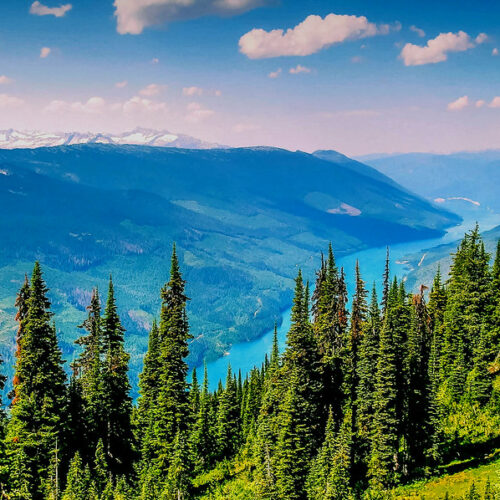
Canadian leaders hope trade negotiations won’t derail Columbia River Treaty
A view of the Columbia River in British Columbia. The Columbia River Treaty is on “pause” while the Trump administration considers its policy options. However, recent comments by President Donald

